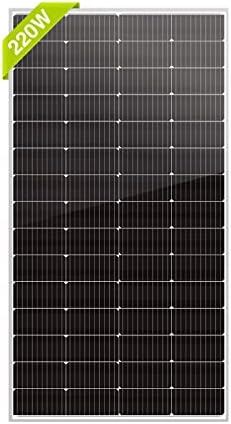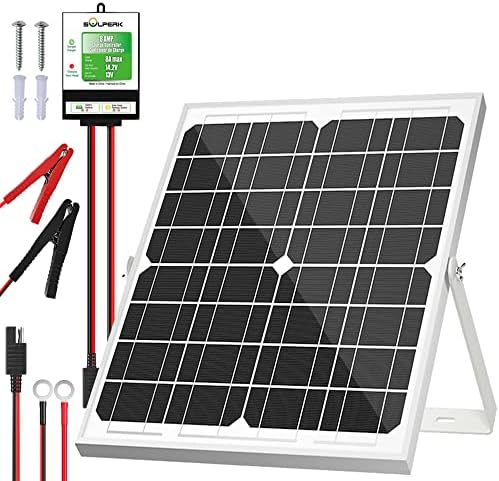When it comes to living off the grid, one of the most important elements to consider is how you will power your home. For years, I have relied on solar panels to provide the energy needed to run my household, and through my experience, I have come to learn about the different types of solar panels available on the market. In this article, we will dive into the debate between CIGS (copper indium gallium selenide) and Crystalline Silicon solar panels, analyzing the pros and cons of each type to help you make an informed decision when it comes to powering your off-grid lifestyle.
Before we delve into the specifics of each type of solar panel, it’s important to understand the basics of how solar panels work. Solar panels are made up of individual solar cells, which are responsible for converting sunlight into electricity. The most common types of solar cells are made from either Crystalline Silicon or CIGS, and each has its own unique characteristics and benefits.
First, let’s take a closer look at Crystalline Silicon solar panels. These panels are the most commonly used in the market today and are known for their efficiency and reliability. There are two main types of Crystalline Silicon solar panels: monocrystalline and polycrystalline. Monocrystalline panels are made from a single crystal structure, which gives them a sleek, uniform appearance and high efficiency. On the other hand, polycrystalline panels are made from multiple silicon fragments, giving them a speckled, less uniform appearance but making them more cost-effective.
On the other hand, CIGS solar panels are a newer technology that offers some unique advantages over Crystalline Silicon panels. CIGS panels are known for their flexibility, lightweight design, and high efficiency, making them an attractive option for off-grid living. They are also more environmentally friendly to produce, as they use less material and energy during manufacturing compared to traditional Crystalline Silicon panels.
So, which type of solar panel is right for your off-grid lifestyle? Both CIGS and Crystalline Silicon panels have their own sets of advantages and drawbacks, and the best choice for you will depend on your specific needs and priorities. If you value efficiency, reliability, and a proven track record, Crystalline Silicon panels may be the way to go. However, if you are looking for a more flexible, lightweight, and environmentally friendly option, CIGS panels might be the better choice for you.
Pro Tips:
-When making your decision, consider the climate and weather conditions in your area. Some solar panels perform better in certain climates, so it’s important to choose the type that will work best for your specific location.
-Don’t forget to take into account the installation and maintenance costs associated with each type of solar panel. While CIGS panels may be more cost-effective in terms of production, they may require more maintenance in the long run.
In conclusion, both CIGS and Crystalline Silicon solar panels have their own unique strengths and weaknesses, and the right choice for you will depend on your specific off-grid lifestyle and priorities. By carefully considering the factors mentioned in this article, you can make an informed decision and choose the type of solar panel that will best meet your energy needs.


